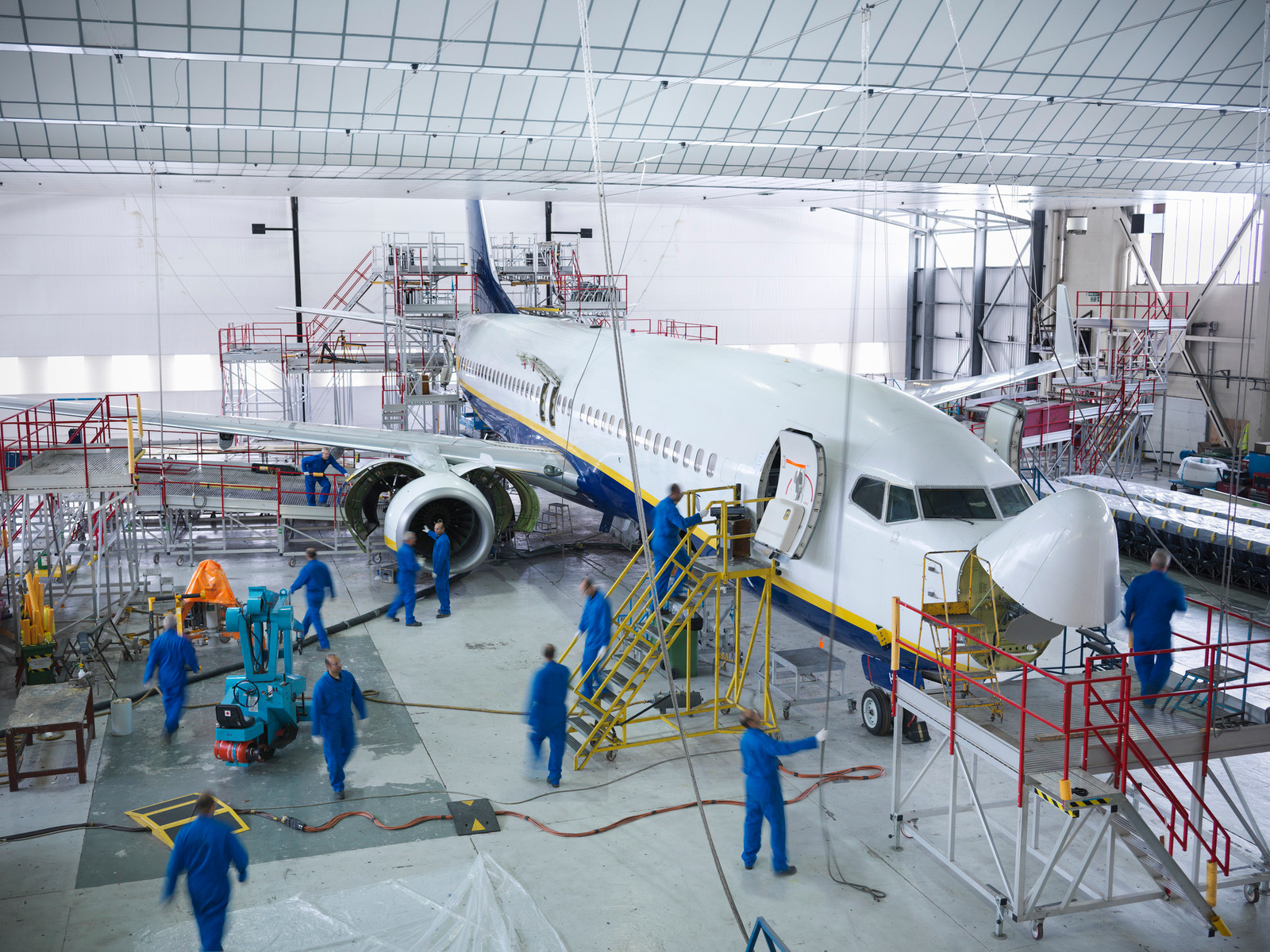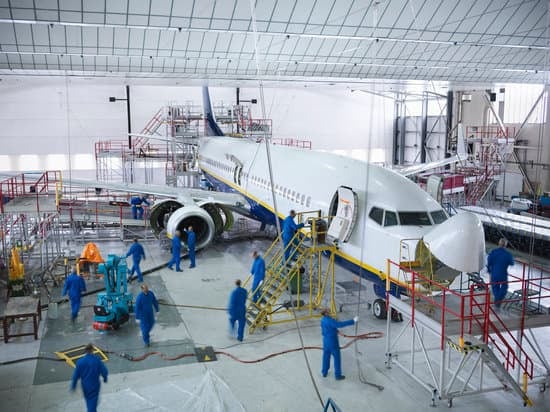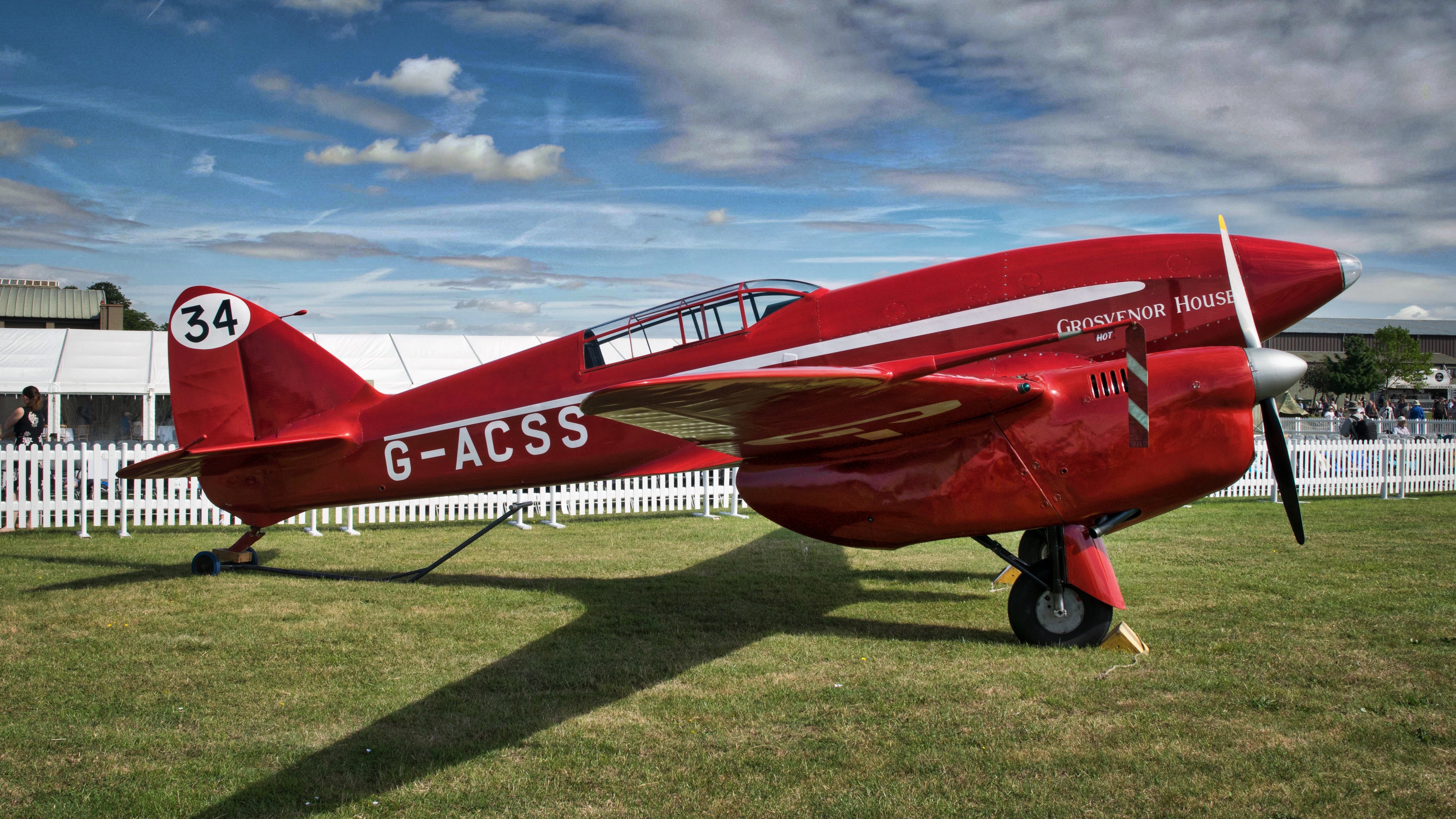Boeing Delivers Last 747 Some 50 Years after the “Jumbo Jet” Made History

Boeing is bidding goodbye to the world’s first “jumbo jet” as the final 747 aircraft was delivered last month to Atlas Air some 50 years after the wide body made aviation history.
“Thousands of Boeing employees – including some of the so-called "Incredibles" who developed the jet in the 1960s – watched the last delivery of the historic plane, which brought air travel to the masses and represented an indelible slice of Americana,” reported Reuters on Jan. 31, 2023. “Known as the "Queen of the Skies," the 747 was the world's first twin-aisle jetliner, which Boeing designed and built in 28 months and Pan Am introduced in 1970.”
Saying Good-Bye to a “Wonderful Beast”
Among those bidding adieu to the final 747 was actor and pilot John Travolta, in person at the Seattle area manufacturing plant in Everett, Washington, and British billionaire and founder of Virgin Atlantic airline called the 747 “a wonderful beast.”
"It gave America and Boeing the leadership role in aviation," Branson told Reuters.
Boeing announced it was going to end the 747 lines in July 2020 with a production rate down to half an aircraft per month. Last year, according to Reuters, Boeing delivered five 747s total, a far cry from the jet’s heyday when Boeing delivered 70 of the popular aircraft in 1990.
“The last 747 rolled out on Dec. 7, capping the program at 1,574 total. The plane has since completed inspections and flight tests, flying to Portland over the holidays to get a paint job,” reported Reuters.
CNN reported that according to “aviation analytics firm Cirium at the end of 2022, only 44 passenger versions of the iconic plane are still in service. However, over 300 Boeing 747 freighters remain in use.”
How “The Incredibles” Crafted a Monumental Airplane
Boeing says that the 747 is the result of the work of some 50,000 Boeing people called “The Incredibles.”
These mechanics, engineers, construction workers, and others spent 16 months in the 1960s to produce the first 747.
“The incentive for creating the giant 747 came from reductions in airfares, a surge in air-passenger traffic and increasingly crowded skies,” says Boeing’s history of the aircraft. “Following the loss of the competition for a gigantic military transport, the C-5A, Boeing set out to develop a large advanced commercial airplane to take advantage of the high-bypass engine technology developed for the C-5A. The design philosophy behind the 747 was to develop a completely new plane, and other than the engines, the designers purposefully avoided using any hardware developed for the C-5.”
The result was massive in all aspects:
- The airplane required the construction of the 200 million-cubic-foot (5.6 million-cubic-meter) 747 assembly plant in Everett, Wash., the world's largest building (by volume).
- The fuselage of the original 747 was 225 feet (68.5 meters) long.
- The 747’s tail was as tall as a six-story building.
- Pressurized, the 747 carried a ton of air.
- The 747 cargo hold had room for 3,400 pieces of baggage and could be unloaded in seven minutes.
- The total 747 wing area was larger than a basketball court.
The very first 747 rolled out of the Everett plant on September 30, 1968, with its maiden flight taking place on February 9, 1969. Certified later that year, it officially entered service with Pan Am on January 22, 1970.
A Brief History of Firsts for the 747 “Jumbo Jet”
The first ever airplane to get the “jumbo jet” moniker, the wide-body 747 made its mark over the last 50 years. Here are some of the highlights of the 747 throughout its history:
- The 747 was a hit at the Paris Air Show in 1969 and more than two dozen airlines competed to put the new airplane into service.
- The first 747 commercial flight was a Pan Am route between New York and London in January 1970.
- By the end of 1971, Air Canada, Air India, and Japan Airlines were all using the 747.
- Boeing introduced the 747-200 in 1971 with more powerful engines, a higher maximum takeoff weight (MTOW), and the ability to carry 400 passengers with a range of 5,600 nautical miles.
- NASA modified two 747s in 1977 to fly the Space Shuttle “piggyback” back to its base at the Kennedy Space Center in Florida after landing. They remained in service until 2012.
- In 1980, the 747-300 was launched with a stretched upper deck, increased cruise speed and even more seating capacity.
- The 747-400 entered service in 1989 with a new glass cockpit, a redesigned interior, lighter construction materials and a passenger capacity of up to 524 passengers.
- In 1990, two 747s were modified to serve as Air Force One, the U.S. president’s airplane.
- A record-breaking 1,087 passengers were transported in a 747 during a covert operation to airlift Ethiopian Jews to Israel in 1991.
- In 2010 the Boeing 747-8 Freighter made its first flight and two years later a 747-8 passenger airplane was delivered to Lufthansa, which also took delivery of the historic 1,500 Boeing 747 in June 2014.
- In 2020 a British Airways 747, soaring on the wings of strong winds, set a record for fastest subsonic commercial flight travel across the Atlantic, going from New York to London in 4 hours, 56 minutes.
“The 747 went into service in the early 1970s, at a time of major societal change. It drove exponential growth in air travel, tourism, and connections between people around the world. In its first year, a fully-loaded 747 cut the cost of flying a passenger by half. Flying became instantly more accessible,” reported CNN.
NPR said that the Boeing 747 truly transformed the way we travel.
“The jumbo jet transformed an industry, bringing luxurious amenities and lengthy nonstop flights to the masses — all in a design that was both enormous and elegant,” said NPR.



